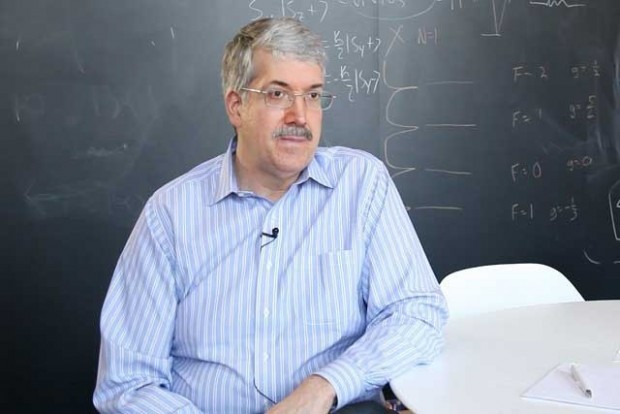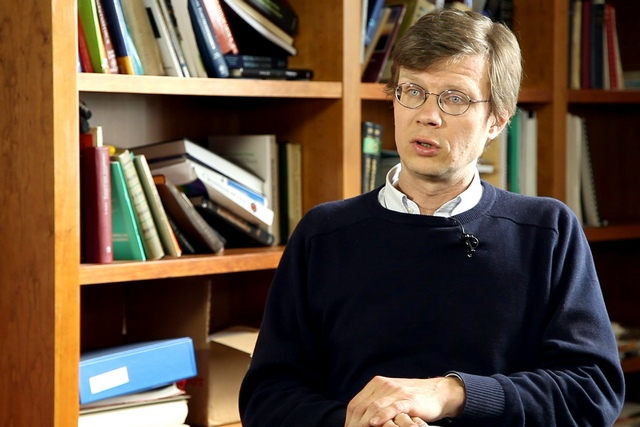Measuring Chirality
Physicist John Doyle on ibuprophen’s capacity to relief pain, orientation of dipole moments, and ‘handedness’ of molecules
videos | February 10, 2014
What is the ‘homochirality of life’ pattern? Why don’t almost identical molecules work the same way? How to get an accurate medical fingerprint of breath? Harvard Professor of Physics, John Doyle, explains how to determine the chirality of molecules.
When we think about molecules, when we think about life, we generally think of them in the following way: one can have molecules, and if you put, for example, carbon atoms in a particular arrangement, then you can get a particularly interesting molecule like sucrose, sugar. If you put these molecules in different arrangement, then we can get something, perhaps, more interesting, like DNA, the molecule that encodes our genetic information. It turns out that nature for reasons that are not understood at all has chosen us particular handedness, that is: I can arrange molecules in a particular order, and the distance between the molecules can be exactly the same, the bonds can be exactly the same except that one molecule can be left-handed, and the other version of that molecule can be right-handed.

It turns out that two molecules, which are exactly the same except one is twisted left and one is twisted right, taste very different. There is one molecule which is called spearmint, this is something that goes in gum, it’s a green leaf, it’s often used in cooking, and there’s another flavor, called caraway seed. Caraway seed oil and spearmint are the exact same molecule except one is twisted left and one is twisted right. These taste very different. That is because the receptors in your tongue actually have the certain chirality, because life has a particular chirality. It gets actually more interesting when you think about drugs.
In drugs, in food, in analysis of the molecules in your body from your blood or breath we need to know chirality. Yet you can imagine: if the only difference is how the molecules are twisted, it could be a very hard thing to do, and it is. The molecules are twisted, they have exactly the same structures, except for just the twist direction. What people have been doing is trying to think of ways of detecting the chirality of molecules, so that we can test for chirality while drugs are being made, we can test the chirality to see what substances are in your body. The project we’ve been working on in my lab is to try to come up with a definitive way of measuring chirality.





























